Vogue Italia’s photography festival moves online while maintaining its commitment to exploring ethics, aesthetics and photographic futures
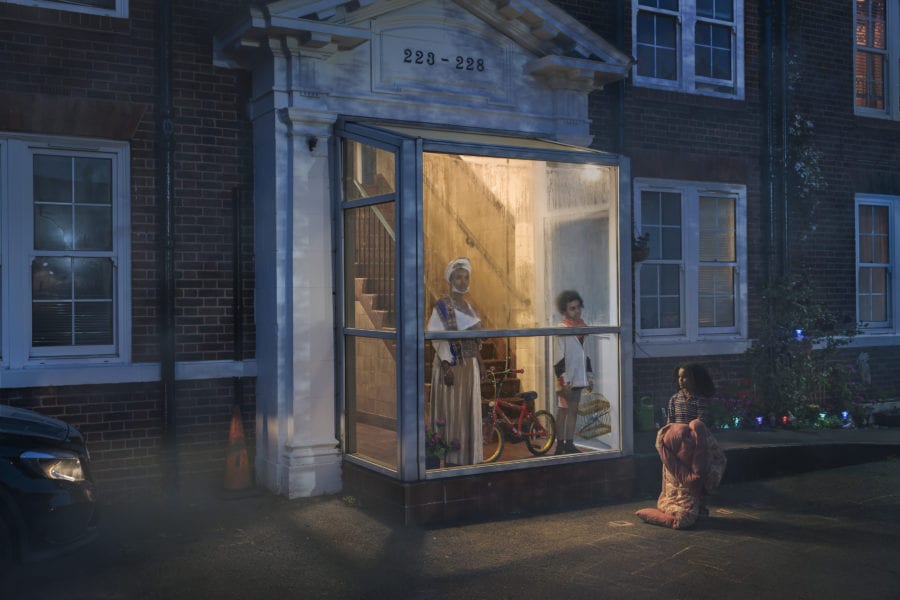

Vogue Italia’s photography festival moves online while maintaining its commitment to exploring ethics, aesthetics and photographic futures
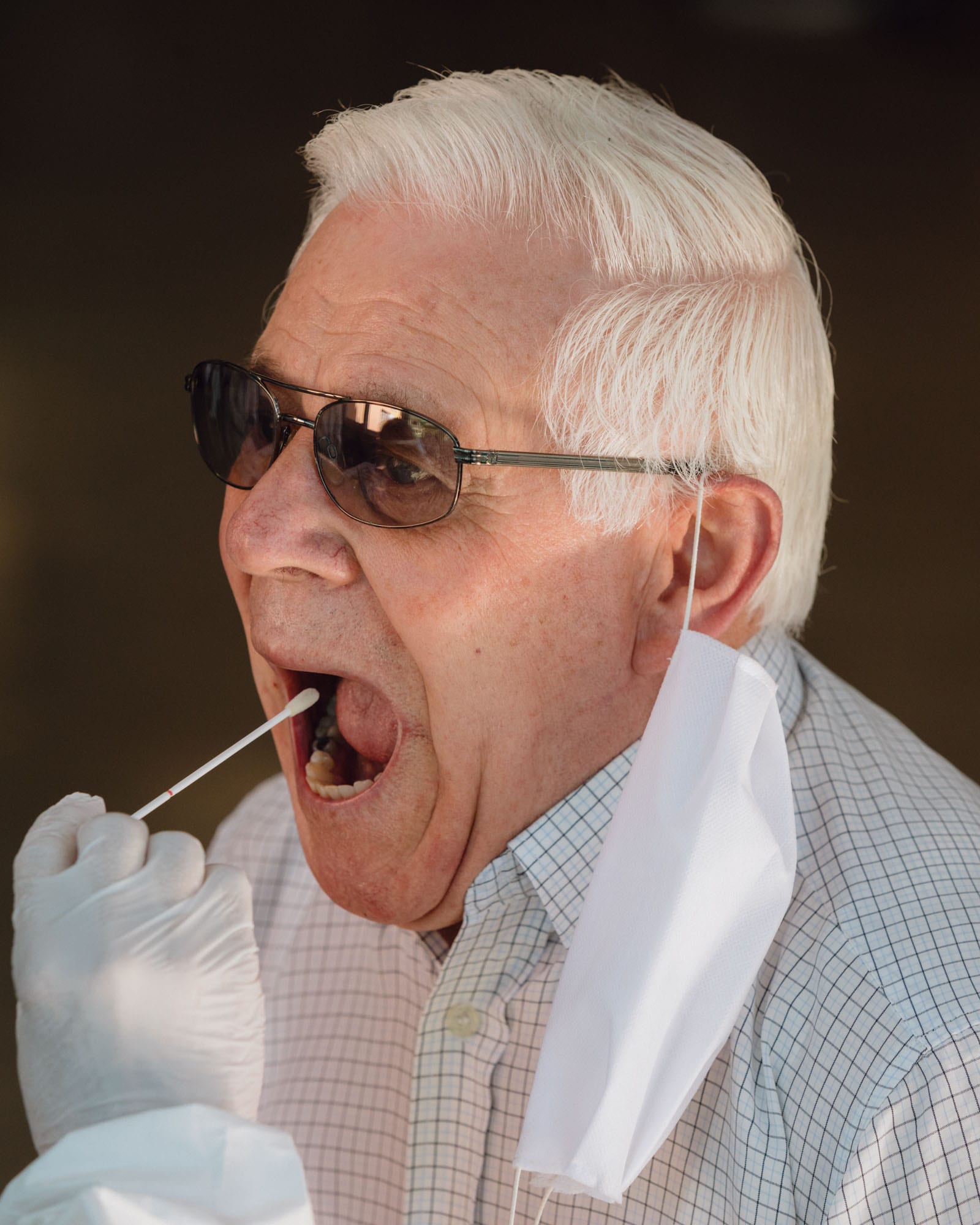
Early quarantine and mass-testing eradicated the coronavirus in Vo’, a town of 3,300 inhabitants near Venice — Matteo de Mayda’s images tell its story

Using webcam and Google Earth, Nicola Cordì’s diptychs show life in lockdown, from the inside, and outside

“My house, my neighbourhood, the places I have visited over and over since I can remember since I was born, all appear to have newfound energy”
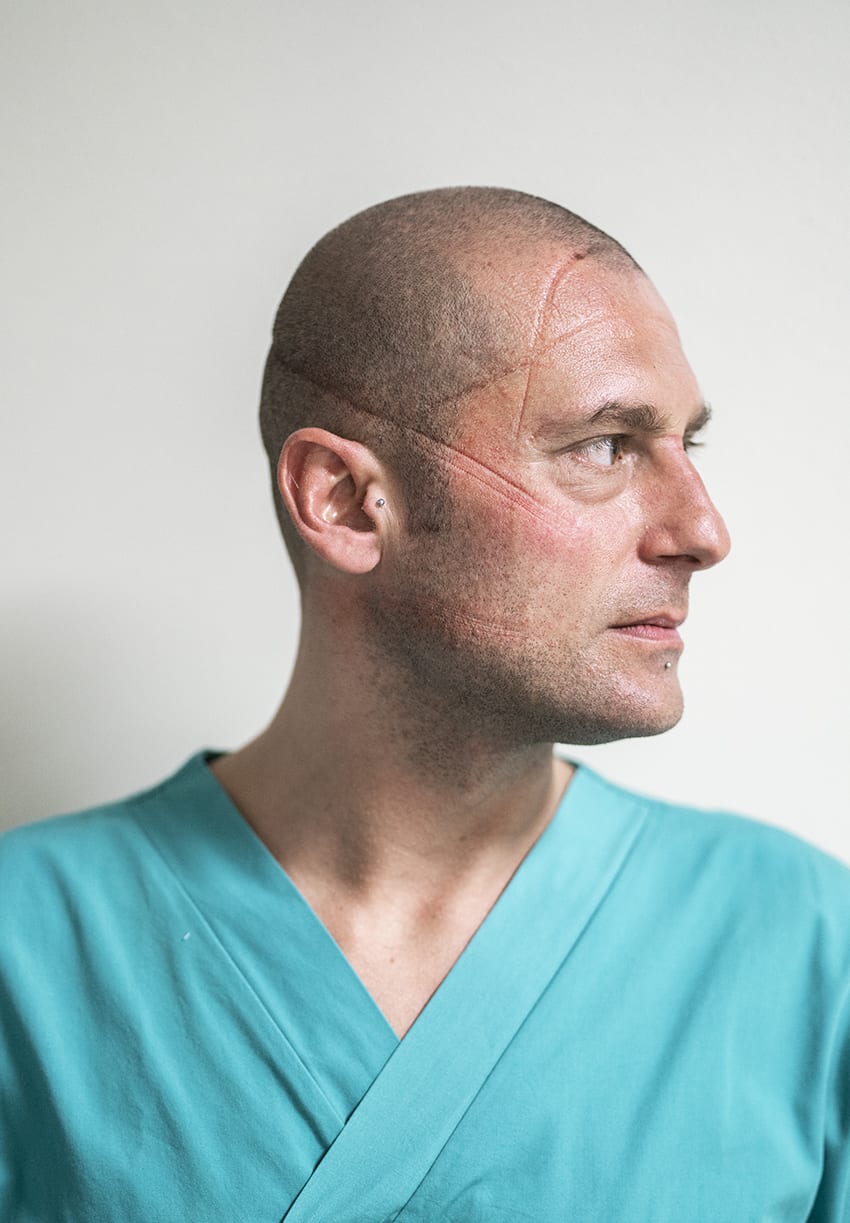
In Pesaro, Italy, the San Salvatore hospital is overwhelmed by those suffering from COVID-19. Alberto Giuliani captured the experiences of doctors and nurses as manifested upon their skin
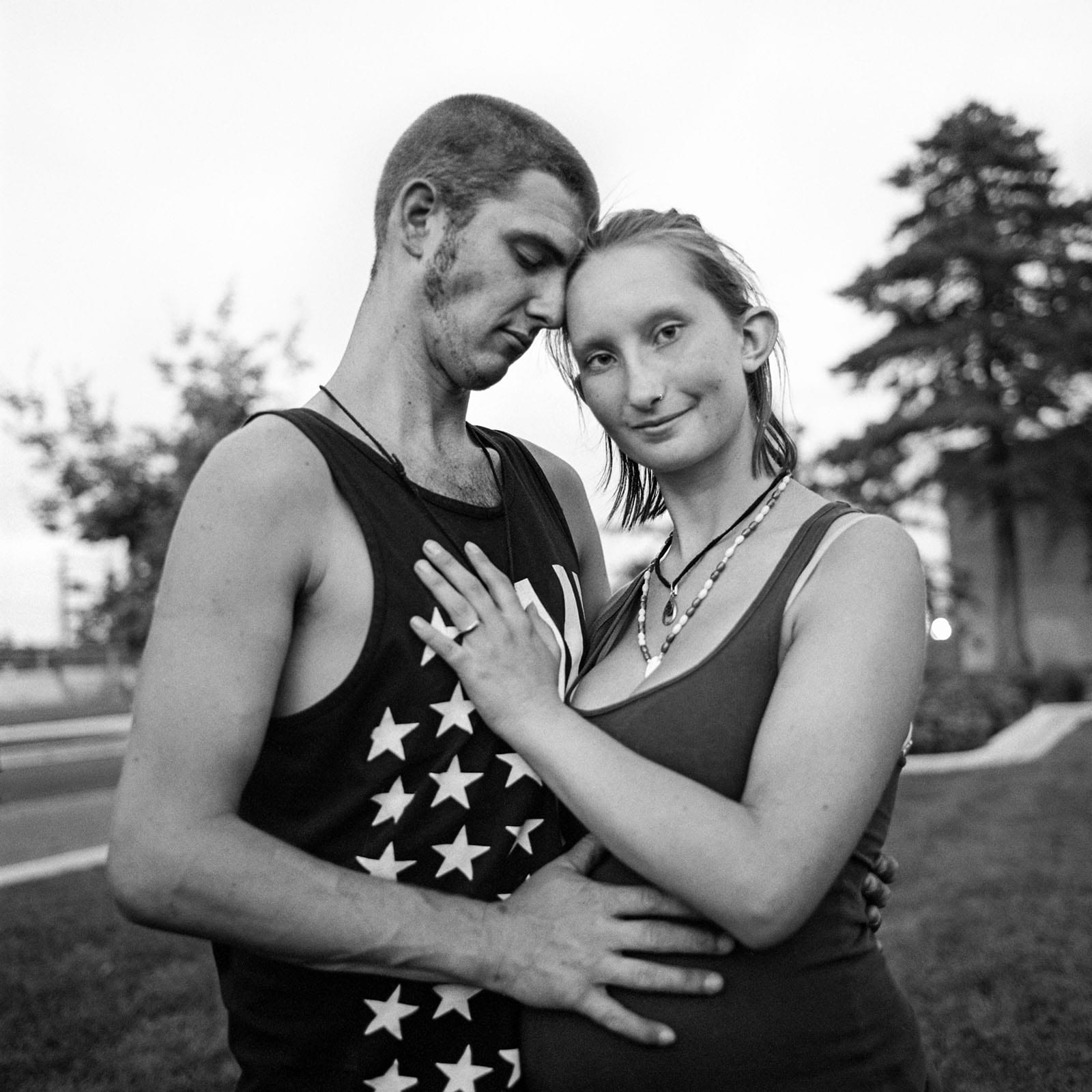
It’s your last chance to buy a stunning photograph, and support medics in virus-stricken Bergamo
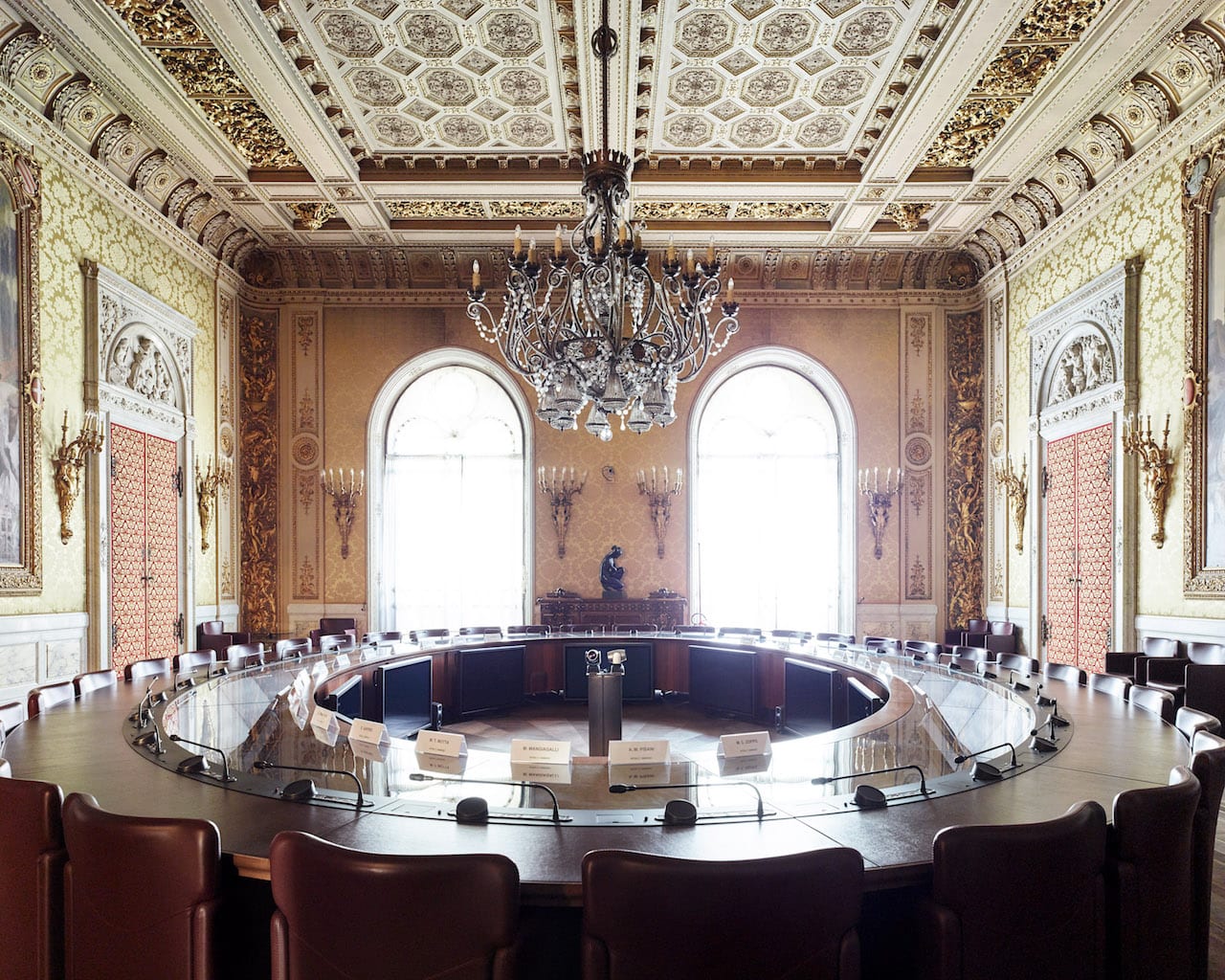
Calle Tredici Martiri by Jason Koxvold is a fictional interpretation of his grandfather’s campaign against the Nazi occupation of Italy, fusing the past and present to explore the impossibility of photographic truth
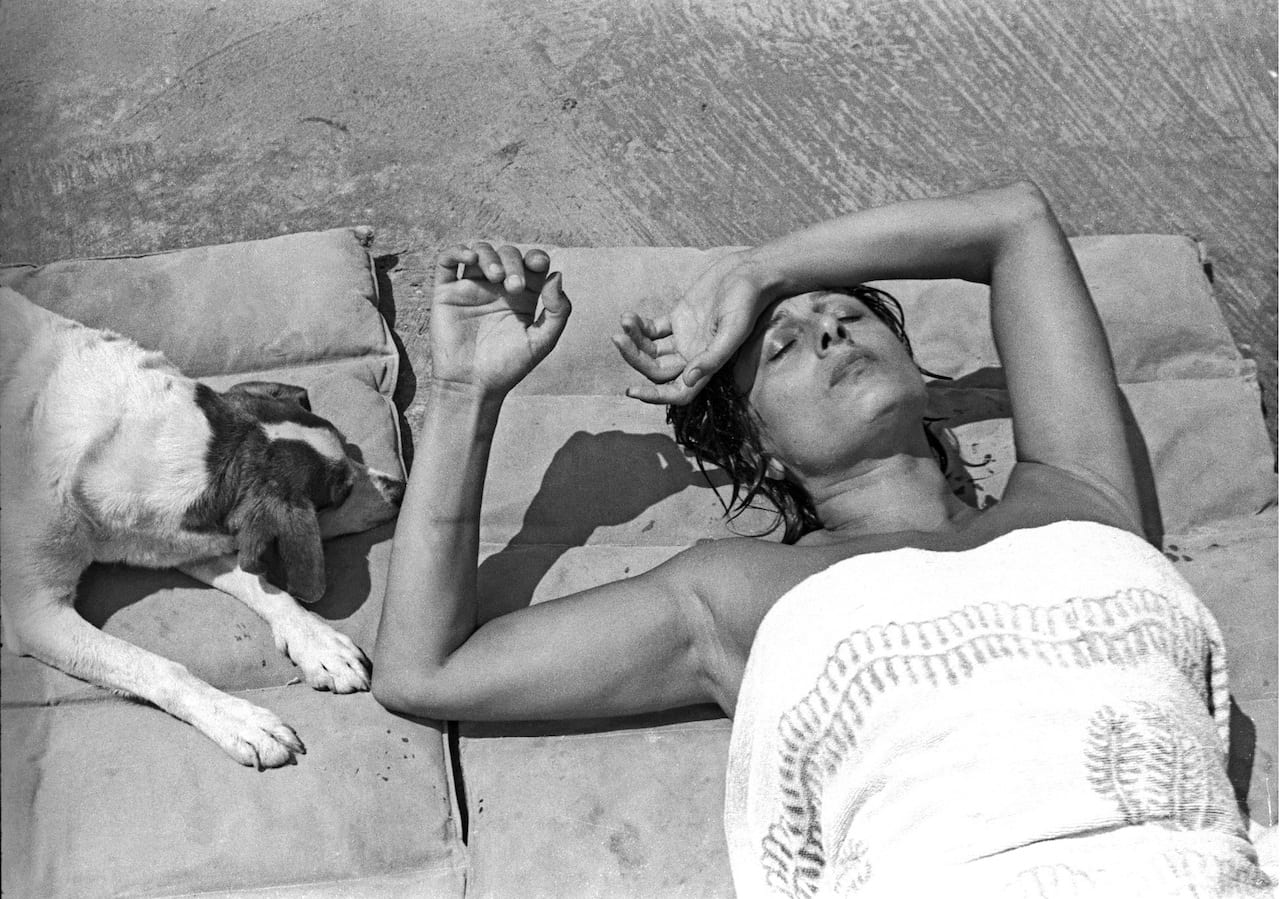
More than 250 photographs by one of Il Mondo magazine’s most esteemed contributors in the 50s and 60s go on show in Rome this month
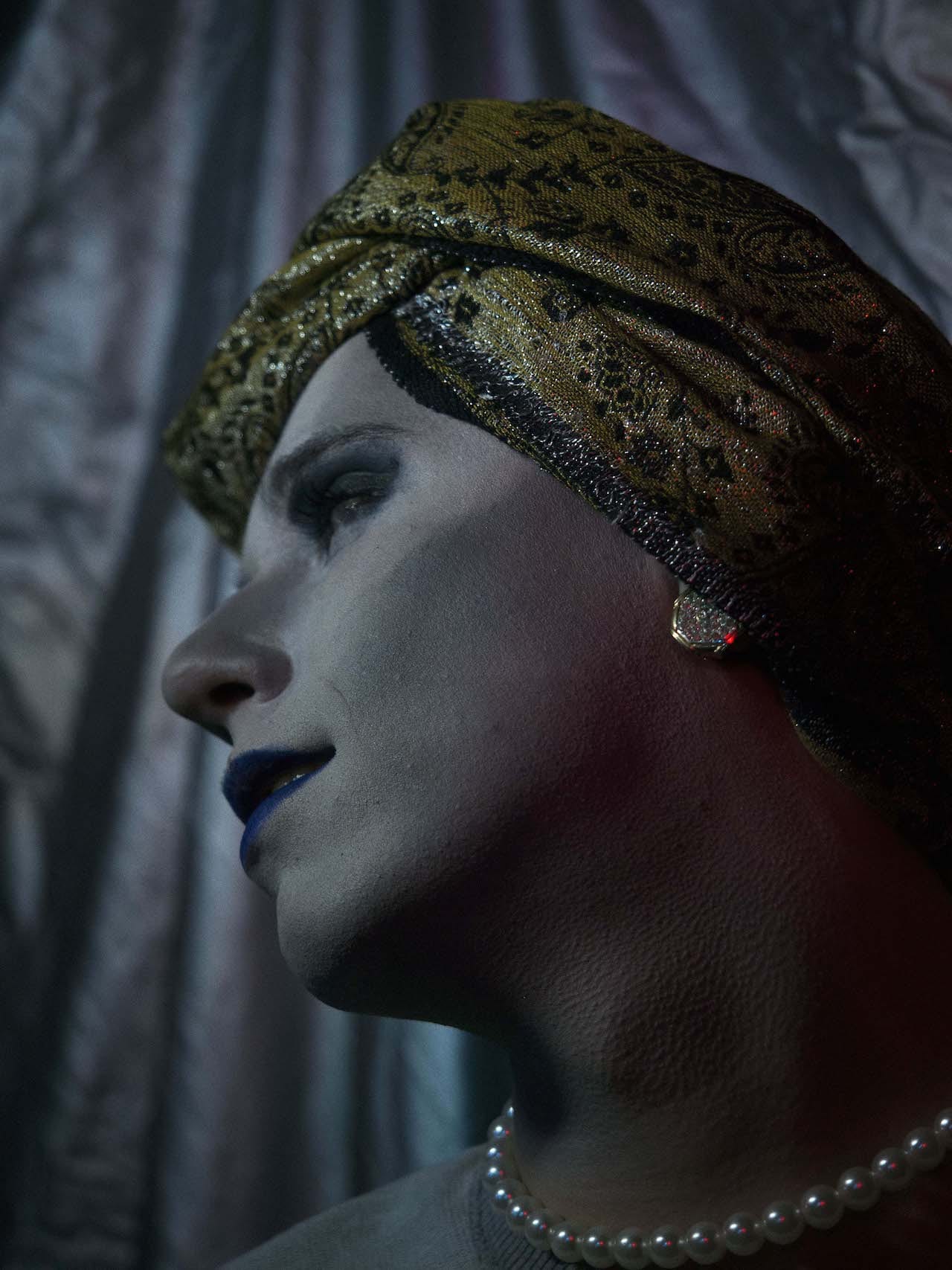
27-year-old photographer Valentina Neri’s first book, Almanacco Toilet Club, is playful and bold – just like her subjects. Shot between 2014-2016 in one of Milan’s most important gay clubbing spots, Almanacco Toilet Club captures the scene’s colourful atmosphere and eccentric characters. BJP catches up with Neri about the book’s experimental design, her process, and Milan’s LGBT community.